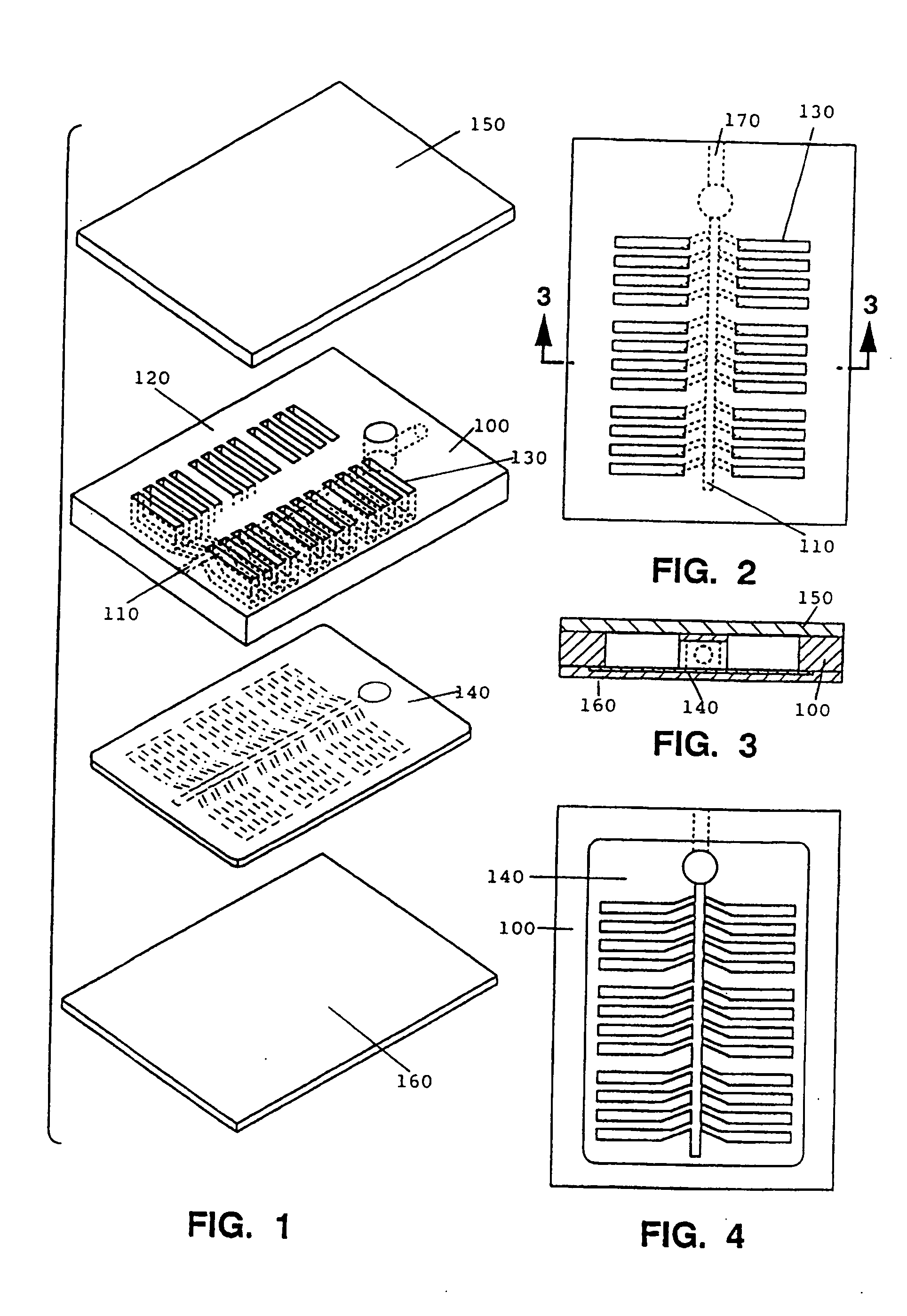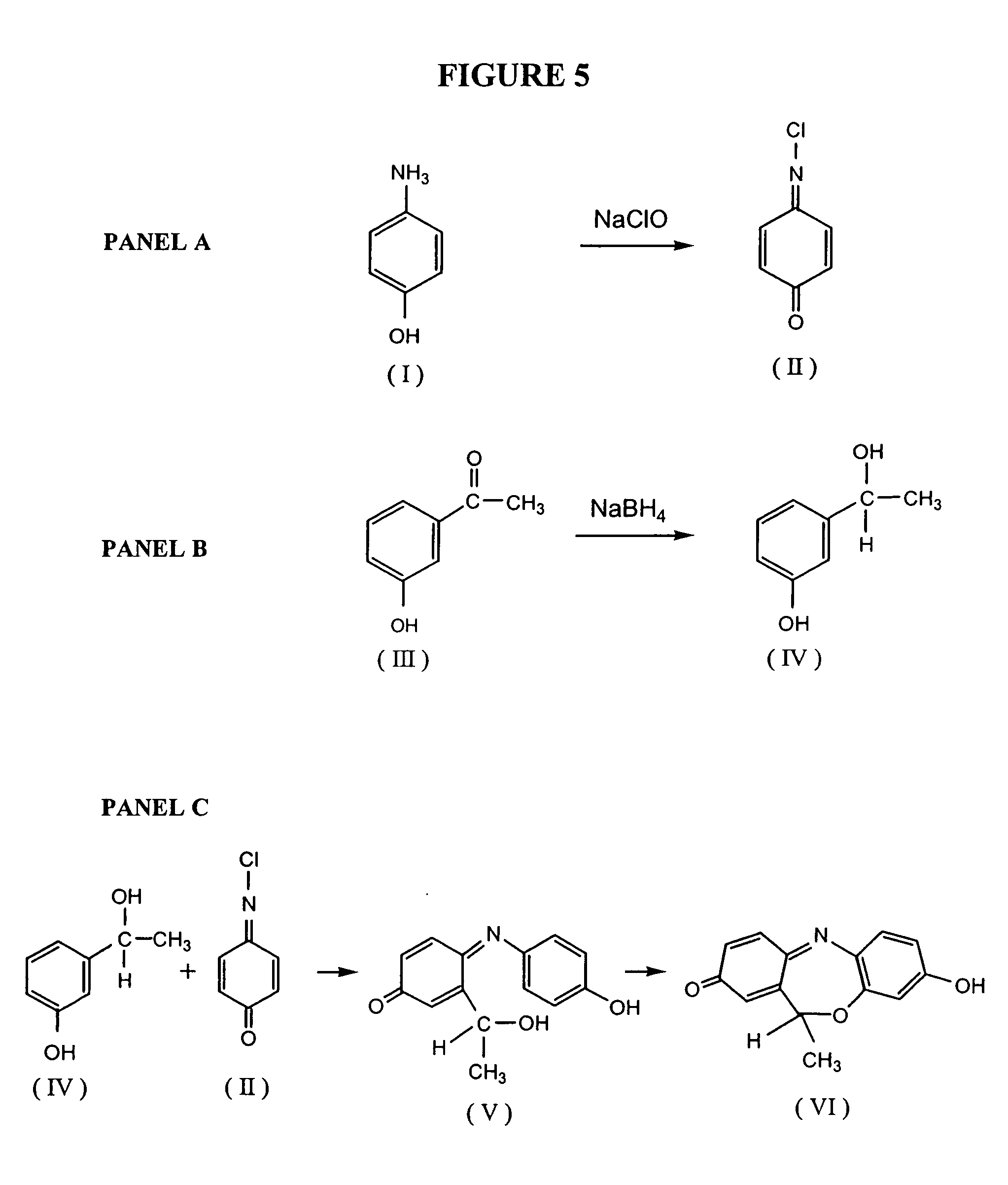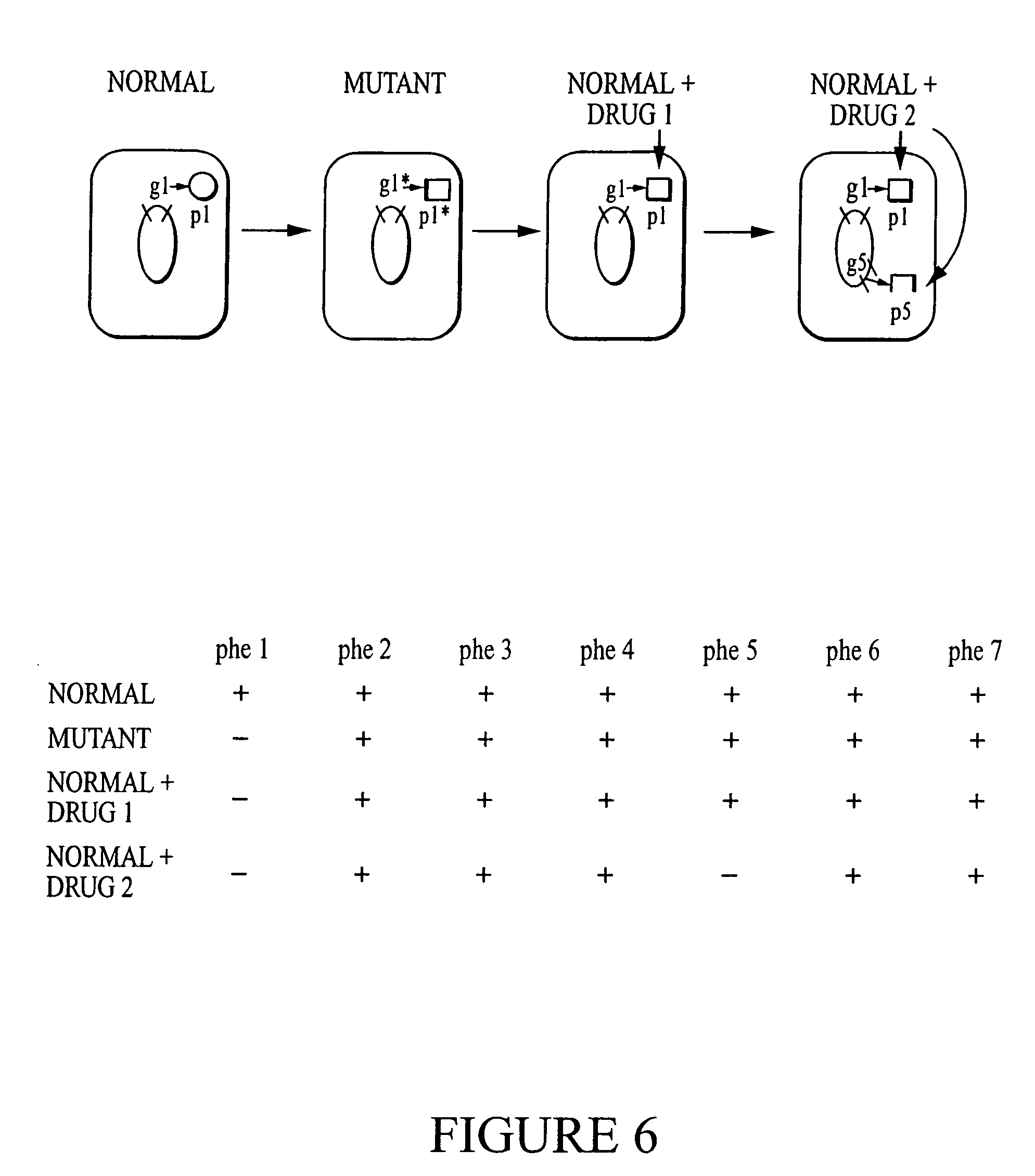Comparative phenotype analysis of cells including testing of biologically active chemicals
a technology phenotype analysis, applied in the field of comparative phenotype analysis of cells including testing of biologically active chemicals, can solve the problem of not measuring the effect of other cellular processes, and achieve the effect of rapid testing of cells or cultures
- Summary
- Abstract
- Description
- Claims
- Application Information
AI Technical Summary
Benefits of technology
Problems solved by technology
Method used
Image
Examples
example 1
Primary Growth of Actinomycetes
[0227] In this Example, several attempts to grow various actinomycetes in R2A liquid media prepared from the recipe of Reasoner and Geldreich (Reasoner and Geldreich, Appl. Environ. Microbiol., 49:1-7 [1985]), prior to preparation of inoculum suspensions for inoculating commercially available MicroPlates™ testing plates (e.g., Biolog's GN, GP, and YT MicroPlates™) are described. This method proved unsuccessful and cumbersome. Also, it was virtually impossible to obtain uniform (homogenous) cultures of satisfactory quality.
[0228] Next, these organisms were grown on the surface of various agar media. It was thought this might provide a very simple means to harvest spores from the culture, as the colonies tend to anchor into the agar matrix itself. The media used in this example included Sporulation Agar (described by R. Atlas in Handbook of Microbiological Media, CRC Press, Boca Raton, Fla., p. 834 [1993]), and YEME Agar with glucose omitted (described...
example 2
Preparation of Inoculum
[0234] In this experiment, a method more optimal for preparation of a homogeneous inoculum was determined. For example, it was found that an easy and reproducible method to grow the organisms was as described in Example 1 on YEMEWG prepared with 25 g / l agar, or other suitable agar medium. A low density inoculum (i.e., 0.01 to 0.1 OD590) was then prepared by moistening a cotton swab and rubbing it across the top of the colonies to harvest mycelia and spores. It was determined that sterilized water and 0.85% sterile saline worked reasonably well as a suspension medium for all strains. However, some strains exhibited a preference for one or the other. For example, Streptomyces coeruleoribidus, S. hygroscopicus, and S. albidoflavus produced an average of ten additional positive reactions when water was used as the suspension medium, whereas thirteen additional positive reactions were observed for S. lavendulae when saline was used as the suspension medium. The ma...
example 3
Preparation of Multi-Test Plates
[0235] The inocula prepared as described in Example 2 were used to inoculate various Biolog MicroPlate™ testing plates, including the commercially available GN, GP, and YT MicroPlate™ testing plates. A few strains worked well upon inoculation into the GN or GP MicroPlate™ testing plates (e.g., S. lavendulae). However, for most strains (e.g., A. ferruginea, and N. dassonvillei) no positive reactions were observed. In addition, positive reactions were observed in all of the test wells for some organisms (e.g., S. hirsuta), indicating that there was a problem with false positive results.
[0236] Much improved results were obtained when the wells located in the bottom five rows of the YT MicroPlate™ testing plate were used. It was thought that this observation was due to the absence of tetrazolium in these wells, as the tetrazolium present in the other wells appeared to inhibit the growth of the organisms. This was confirmed by testing the ability of the ...
PUM
| Property | Measurement | Unit |
|---|---|---|
| temperature | aaaaa | aaaaa |
| temperature | aaaaa | aaaaa |
| minimum inhibitory concentration | aaaaa | aaaaa |
Abstract
Description
Claims
Application Information
 Login to View More
Login to View More - R&D
- Intellectual Property
- Life Sciences
- Materials
- Tech Scout
- Unparalleled Data Quality
- Higher Quality Content
- 60% Fewer Hallucinations
Browse by: Latest US Patents, China's latest patents, Technical Efficacy Thesaurus, Application Domain, Technology Topic, Popular Technical Reports.
© 2025 PatSnap. All rights reserved.Legal|Privacy policy|Modern Slavery Act Transparency Statement|Sitemap|About US| Contact US: help@patsnap.com



